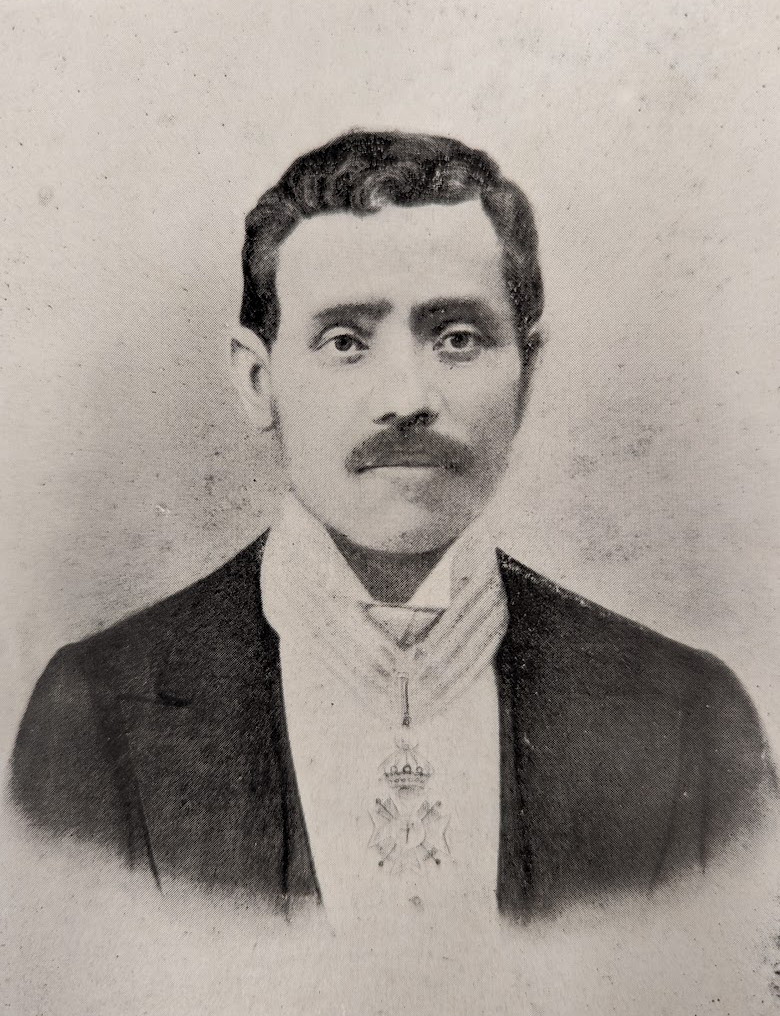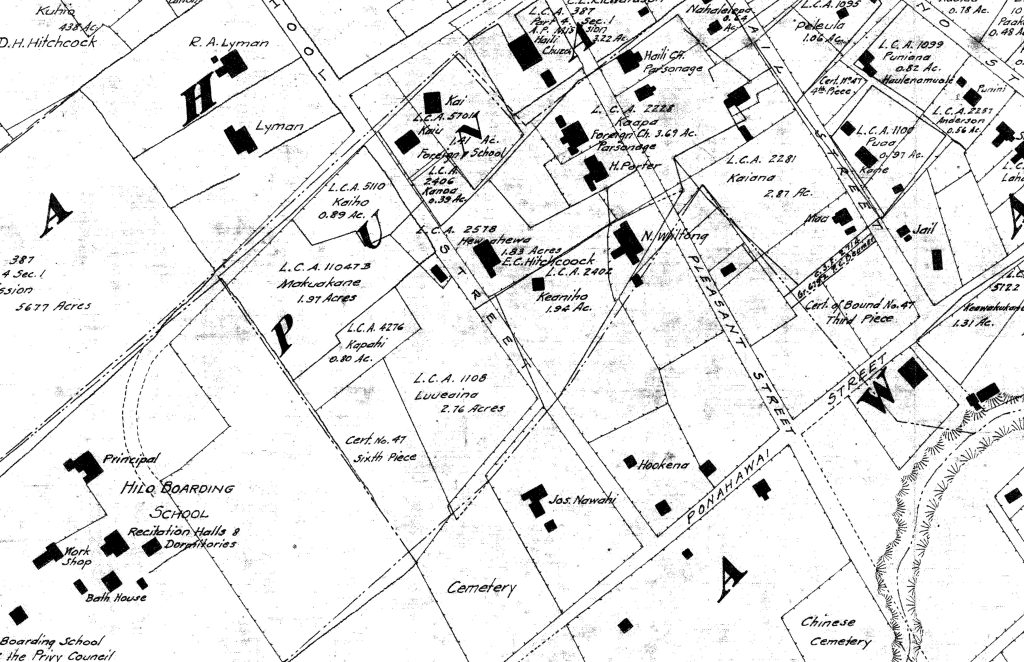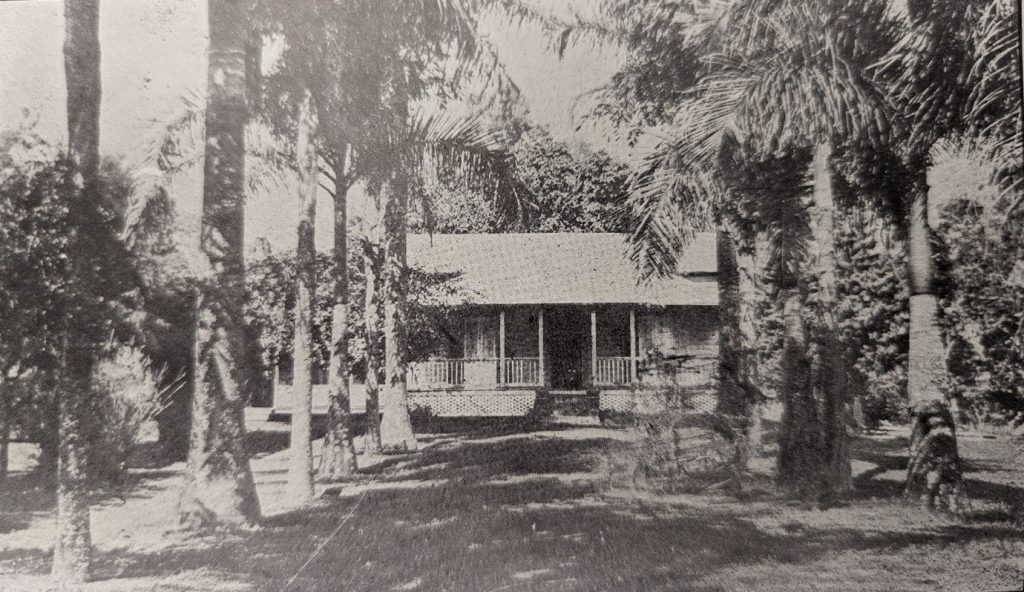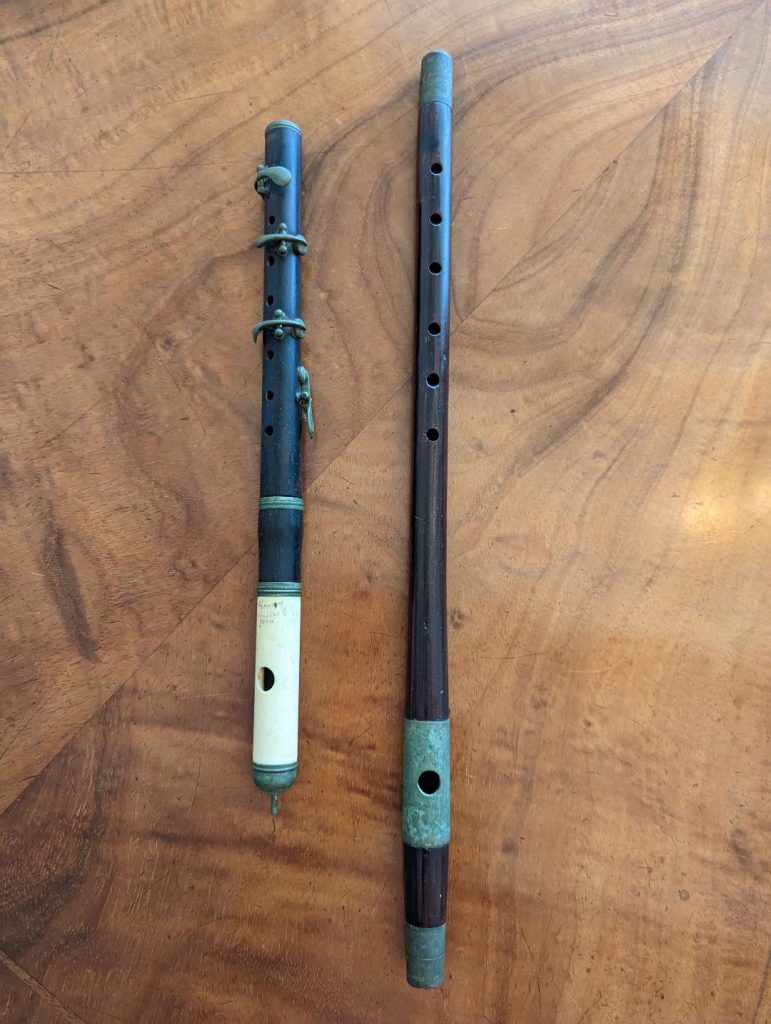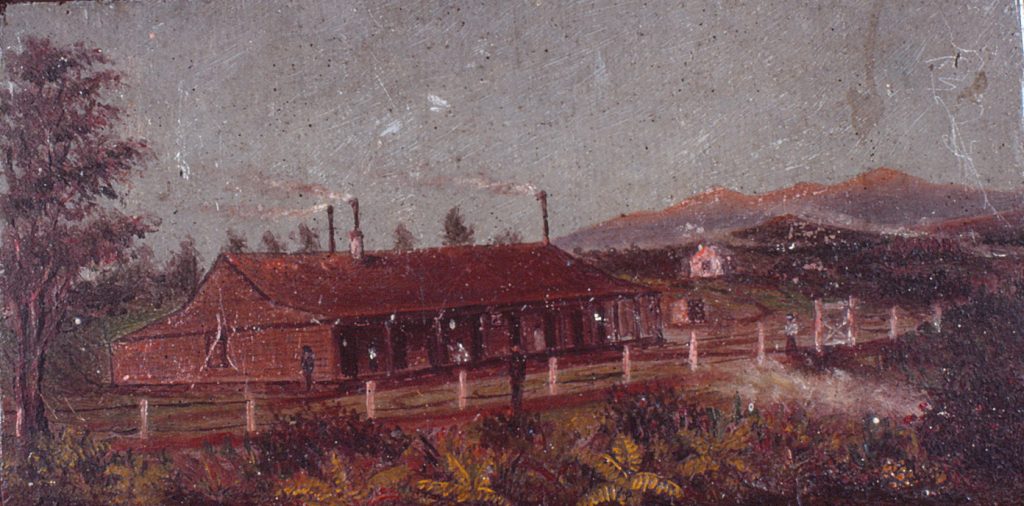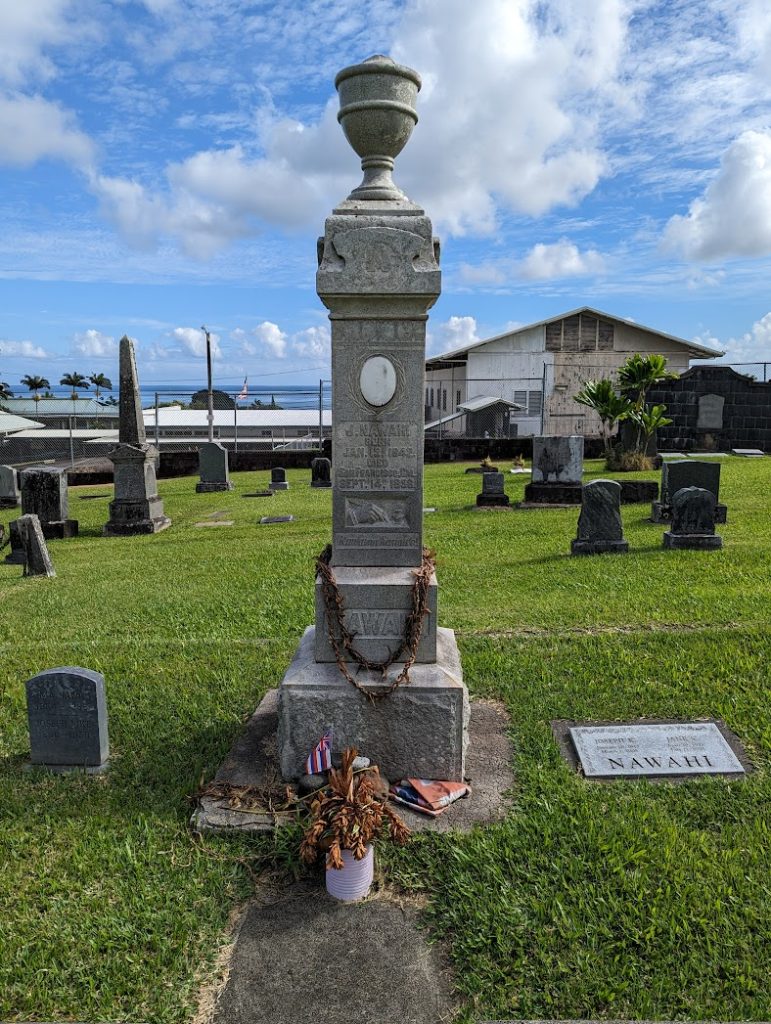“ʻAuhea oukou, o ke keiki keia ola na iwi!”
“Hearken all of you, this is the child through whom the bones will live!”
-B. Barenaba referring to young Joseph Nāwahī
Joseph Nāwahī (1842-1896)
Born in 1842 at Kaimū, his parents named him Joseph Kahoʻoluhi Nāwahīokalaniʻōpuʻu. Raised by his uncle, Joseph Paʻakaula, twelve-year-old Nāwahī enrolled in Hilo Boarding School. His first teachers were Rev. David and Sarah Lyman. In July 1856 Nāwahī became a seminary student at Lahainaluna, Maui and finally a scholar at the Royal School in Honolulu. His career included periods as a teacher, assistant principal, and briefly principal at Hilo Boarding School. He also chose to work as a surveyor, lawyer, and newspaper publisher.
Nāwahī served many years for the Kingdom government: as a representative for the people of Puna (1872–1876), then Hilo (1878–1884, 1890–1893) and as Minister of Foreign Affairs for Queen Liliʻuokalani. He argued against the Reciprocity Treaty of 1875, a free-trade agreement that gave special privileges to the U.S. He helped write the proposed 1893 Constitution, but after the overthrow officials of the Provisional Government arrested Nāwahī for his support of the monarchy. Following his imprisonment, he founded the Hui Aloha ʻĀina political party and published the newspaper Ke Aloha ʻĀina.
